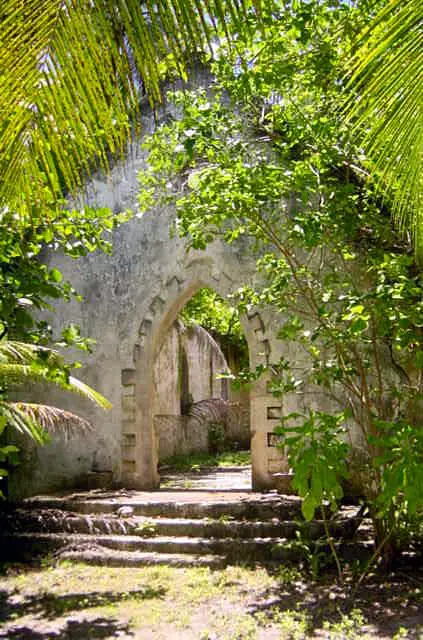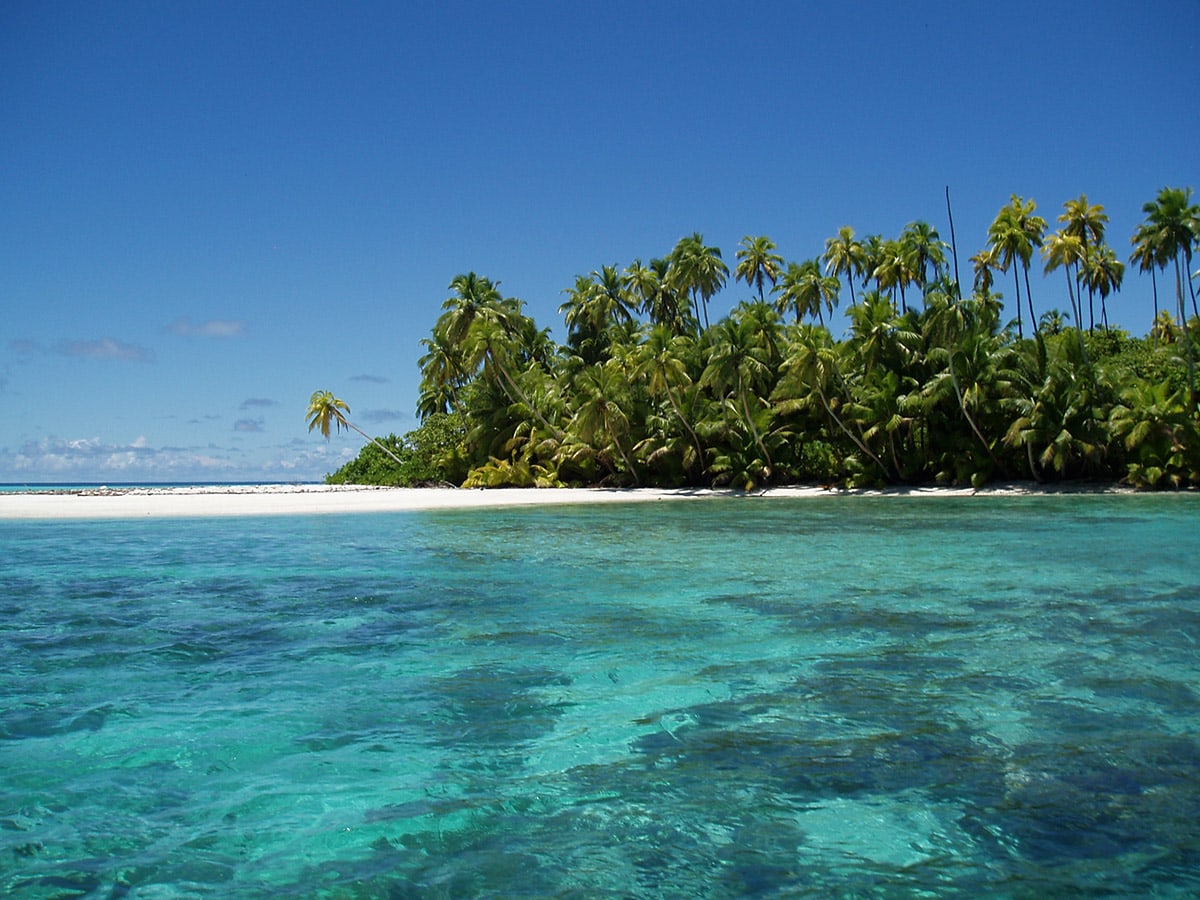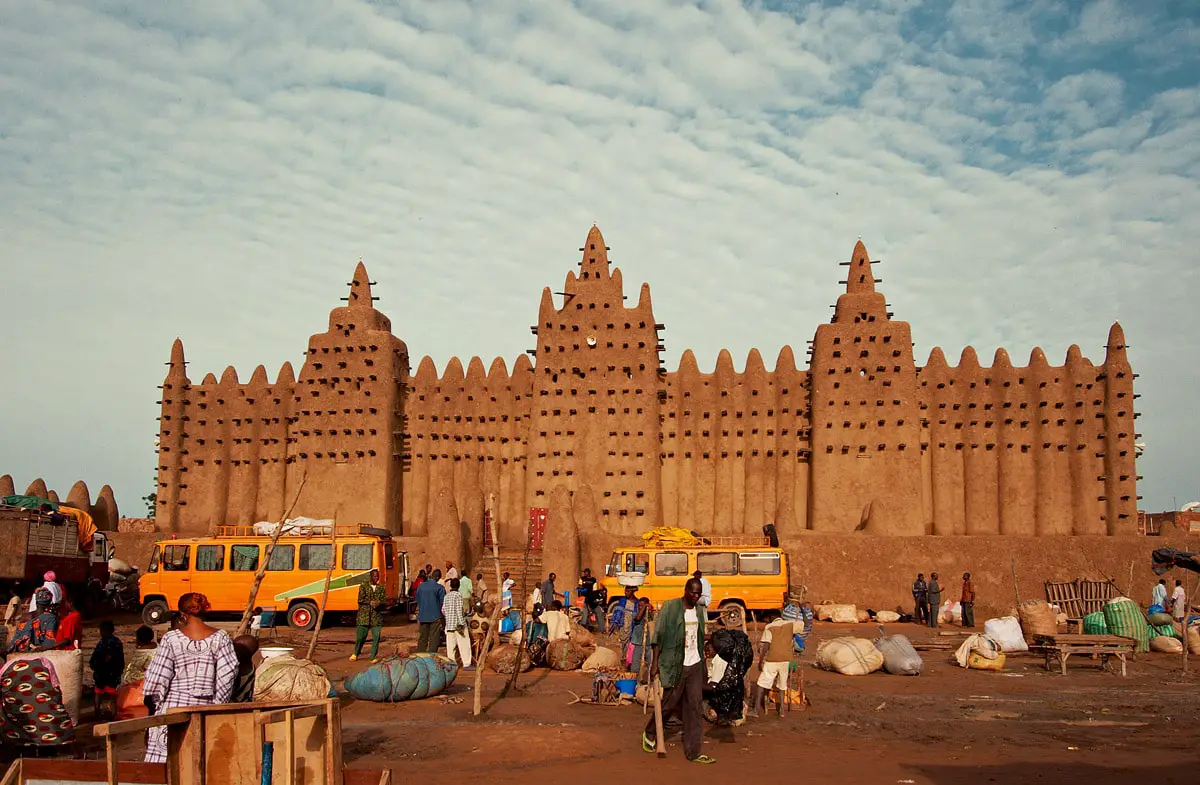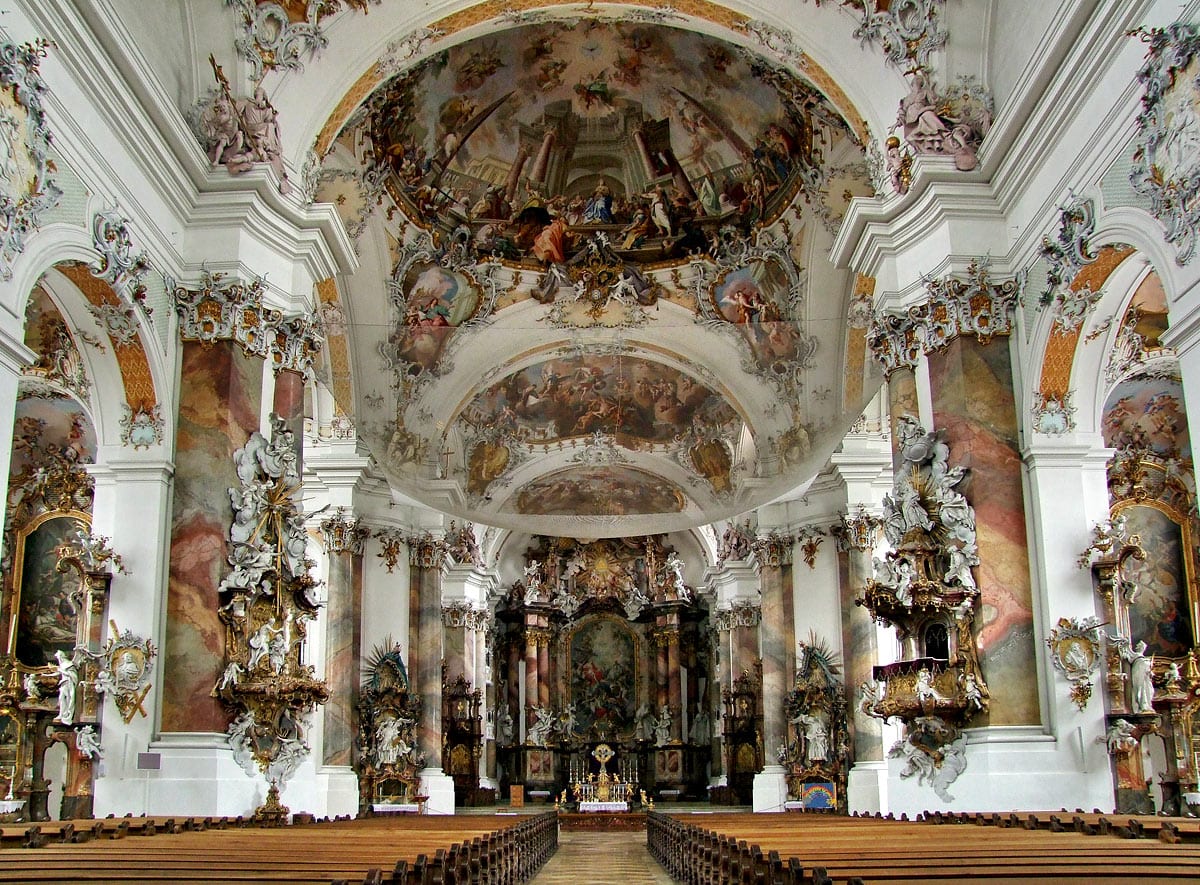World 🢖 Asia 🢖 British Indian Ocean Territory
Churches 🢔 Religious architecture 🢔 Architectural wonders 🢔 Categories of wonders
Wonder
Boddam Church

 In short
In short
Numerous yachtsmen visit the remote Salomon Islands in the middle of Indian Ocean – and are surprised to find ruins of church in Boddam Island.
 31.3%
31.3%
GPS coordinates
Location, address
Year of construction
Architectural style
Branch of Christianity
Map of the site
If you see this after your page is loaded completely, leafletJS files are missing.
 In detail
In detail
Ruins of the church and other buildings around it serve as a reminder that some decades ago there was a lively village. Local people – Chagossians – were exiled in 1973 by the British military.
History
The Chagos Archipelago is known since antiquity – but it was settled just a few centuries ago when at the end of the 18th century French established coconut plantations.
As it was usual in those times, the hard work was done by slave labor. Workers were sent mostly from Madagascar and Mozambique. Work was hard and pay (after the abolishing of slavery in 1835 – 1839) – low, but the new inhabitants of Chagos islands learned to love the idyllic nature of these remote islands. Well, it is not always idyllic – earthquakes and hurricanes are frequent here, but this is compensated by the unbelievably clean ocean, rich marine and birdlife.
Most islands were converted into plain coconut plantations but Salomon Islands and especially Boddam Island (named after the governor Boddam who governed from here in the late 18th century) was somewhat different. Here the soil was richer, native forest – taller and with larger trees. Thus, besides the coconut plantations, Boddam Island supplied the rest of the archipelago with timber and boats.
There were six villages in Salomon Islands, but the "capital" was on Boddam Island. Each inhabitant of Salomon Islands visited Boddam at least once per month – to receive pay, to purchase needed things, and to relax in the "downtown".
In 1913 in Salomon islands were living and hard working some 160 people.
Times changed dramatically in the second half of the 20th century. Further south – in Diego Garcia atoll – was established an enormous military base. Islands were purchased by the United Kingdom to create British Indian Ocean Territory, a military base was developed by the United States.
In order to have "free hands" in the development of military activities, local people were expelled from ALL Chagossian Archipelago. Last Chagossians left Boddam island in 1973 and headed towards Mauritius – island, where they feel alien up to this day.
In a few years’ time jungle took over the once lively village and now all buildings are in ruins.
Church
Chagosians were not the most devoted Christians – many were occupied with practices similar to Vodou. Nevertheless, a church was seen as a good additional tool to organize and govern the plantation.
First chapel in the Chagos Archipelago was built in Diego Garcia in 1895. In Boddam Island the church was built in 1932, in times when the island was governed by Paul Caboche.
This was a fairly simple building but not without adornments – with pointed arches and stained glass.
When the village (and church) were abandoned, buildings quickly deteriorated. Nevertheless, the remaining ruins look impressive. Even a piece of stained glass is still in place.
Today Boddam Island is a beloved place for yachting tourists – some stay here for a longer time to enjoy being far far away from metropolitan life.
A group of Chagossians visited the island in 2006. Who knows, maybe sometimes in the future Chagossians will have the opportunity to return here. Would they be able to find a way to live here – to earn enough for the development of modern settlement with electricity, water supply, and wastewater treatment, to live a good life and at the same time to maintain the extremely high quality of the local environment?
 Linked articles
Linked articles

Wonders of British Indian Ocean Territory
These islands have been inhabited for some centuries but the marine life there has been very well preserved, and the seawater there is impeccably clean. Many endemic species have been found but most underwater life remains unexplored.

Religious architecture
Since ancient times human talents and skills have been expressed in religious architecture and arts, and traditions and rituals have evolved around pilgrimage sites. Religious buildings represent a major part of the highest achievements in architecture and crafts.

Churches
Throughout the millennia Christian churches have been the epitome of architecture and arts achievements in Western culture.
